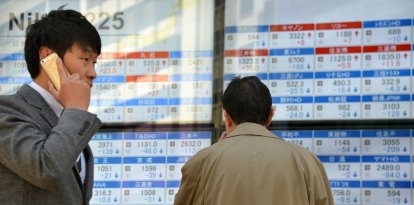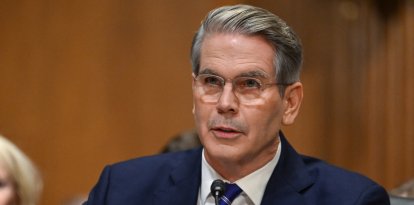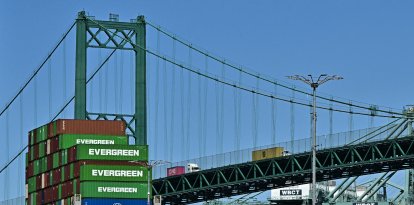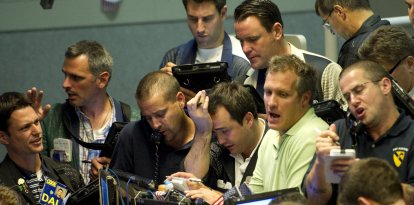Trump says reciprocal tariffs scheduled for April 2 will be "for all countries"
So far, Trump has imposed tariffs on aluminum, steel and automobiles. He also raised tariffs on all products from China.

Donald Trump in a file image
President Donald Trump announced Sunday that next Wednesday, April 2, a day he dubbed "Liberation Day" because he will present an ambitious plan of levies, the planned reciprocal tariffs will begin and that, unlike how it was intended, they will be applied for "all countries."
Prior to the announcement, White House officials had told the public that the reciprocal tariffs would, in principle, be for 10 to 15 countries with which the U.S. runs the largest trade deficits. However, after Trump's words, perhaps the tariffs will go much further than expected.
"No (...) You’d start with all countries," Trump told reporters aboard Air Force One after a reporter queried whether reciprocal tariffs would only affect a few nations.
Reporter: On the tariffs, you’re expected to hit 10-15 countries, is that right?
— Acyn (@Acyn) March 31, 2025
Trump: No
Reporter: All countries?
Trump: You would start with all countries pic.twitter.com/VChB2E65qQ
Should the reciprocal taxes finally materialize, whether for the entire world or just the countries with the largest trade deficits with the U.S., Trump's tariff policy would escalate far beyond what has already been executed.
So far, Trump has imposed tariffs on aluminum, steel and autos. It also increased tariffs on all products from China.

Society
Ferrari aumenta sus precios en EEUU como respuesta a los aranceles fijados por Trump
Alejandro Baños
On the upcoming tariffs, top White House adviser Peter Navarro, considered the czar of Trump's tariff plan, said Sunday that President Trump's new tariffs will generate more than six trillion dollars in federal revenue over the next decade.
In an appearance on Fox News this Sunday, Navarro said the tariffs on auto imports, which will also take effect Wednesday, will raise at least $100 billion a year.
Added to those tariffs, Navarro said the president's big tariff plan would generate another $600 billion a year, or $6 trillion over the next decade.
For now, markets have responded to the tariffs negatively, as speculation about the trade war and its consequences on the U.S. economy is generating fears of a potential recession.
RECOMMENDATION






















